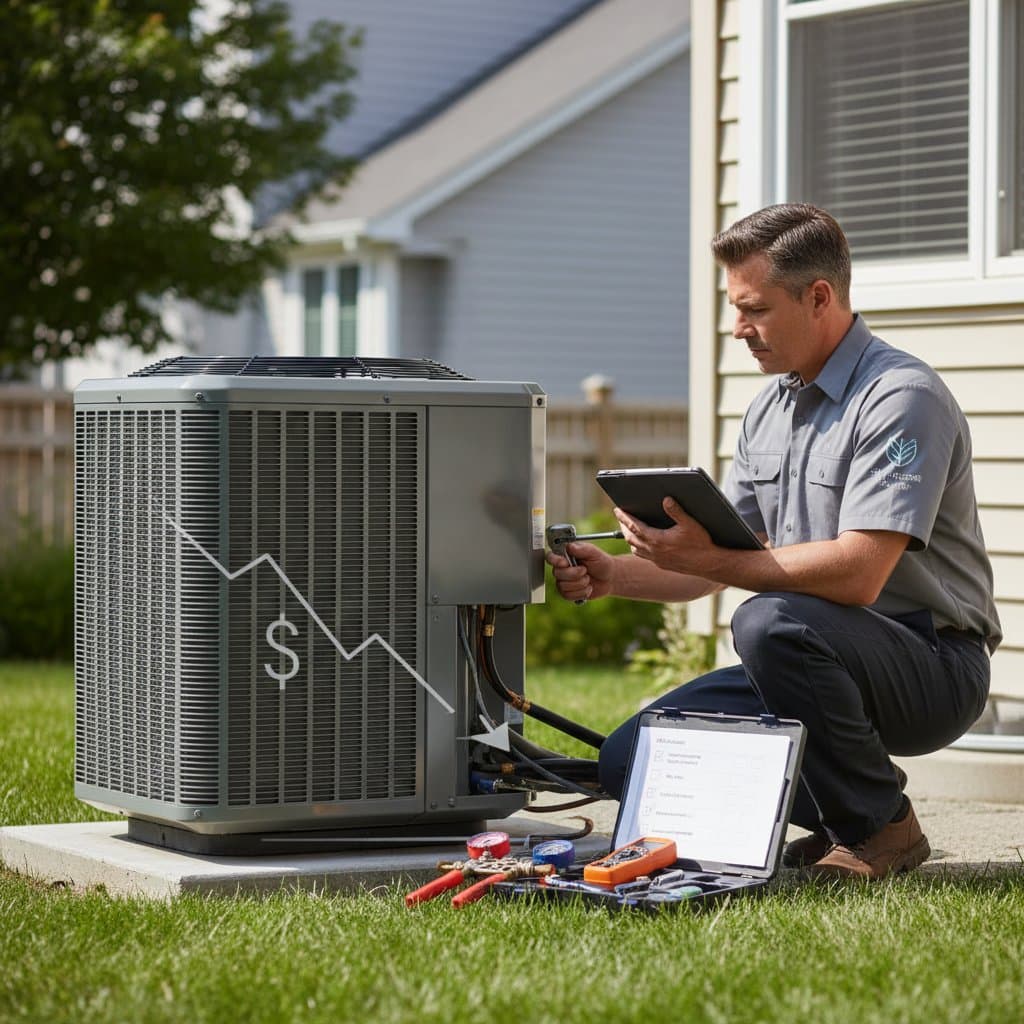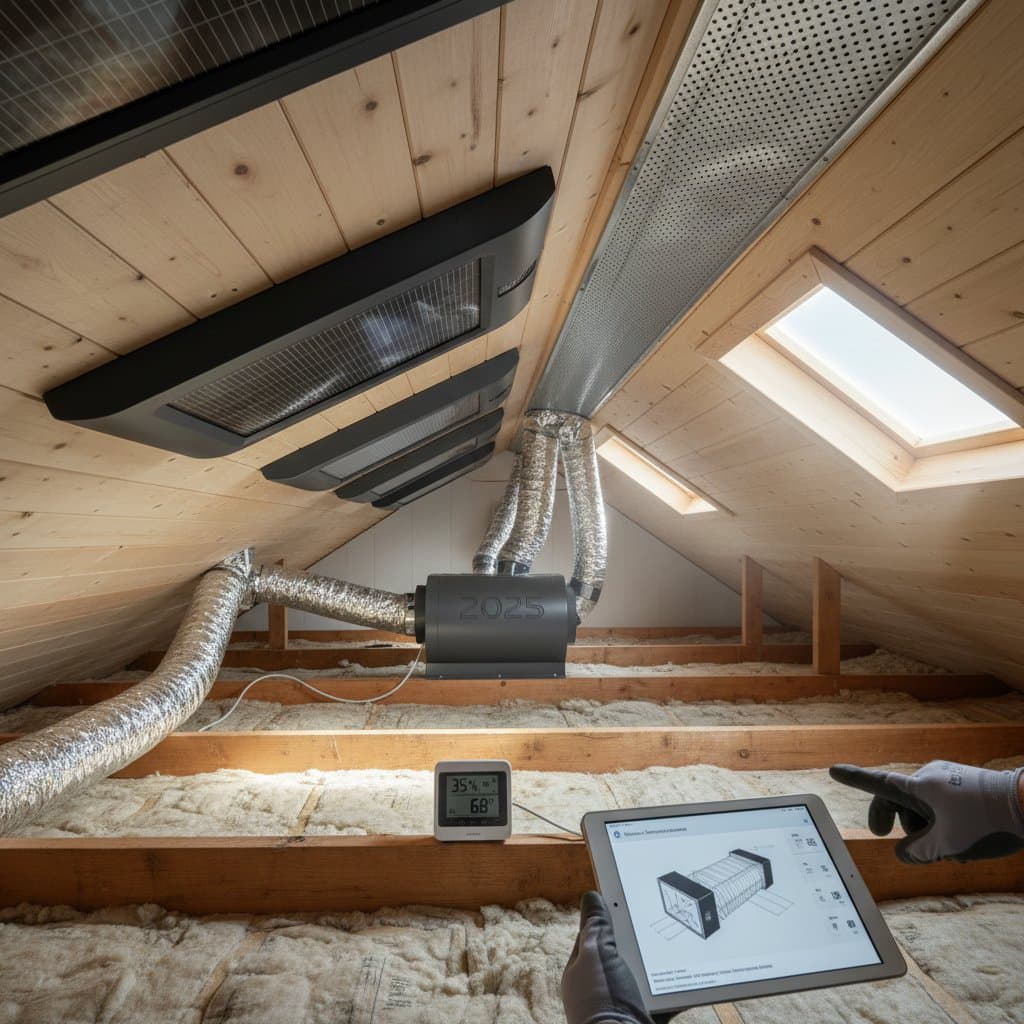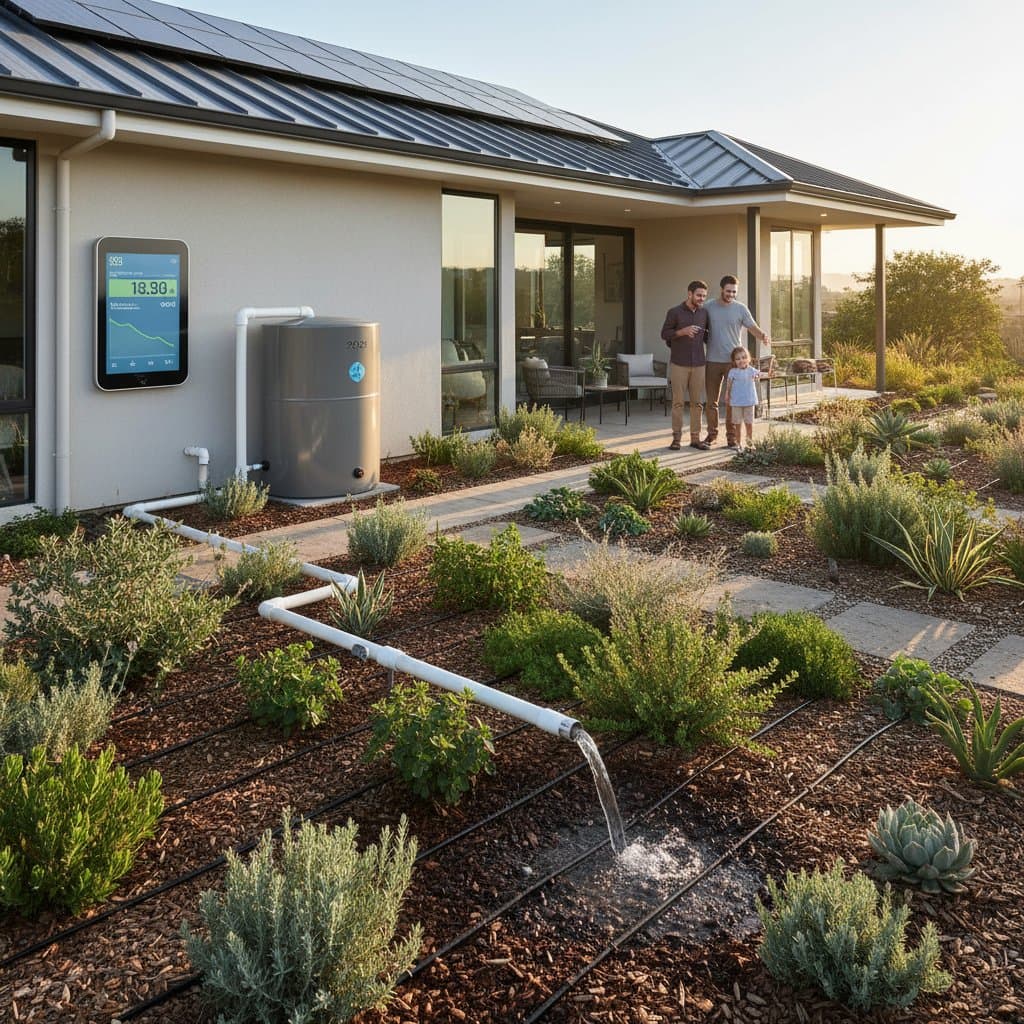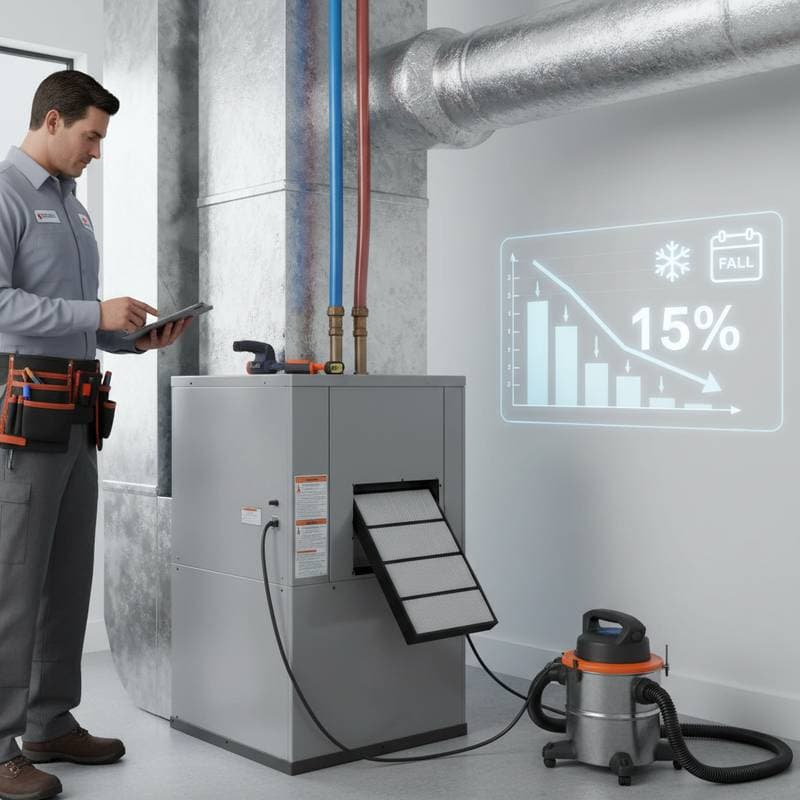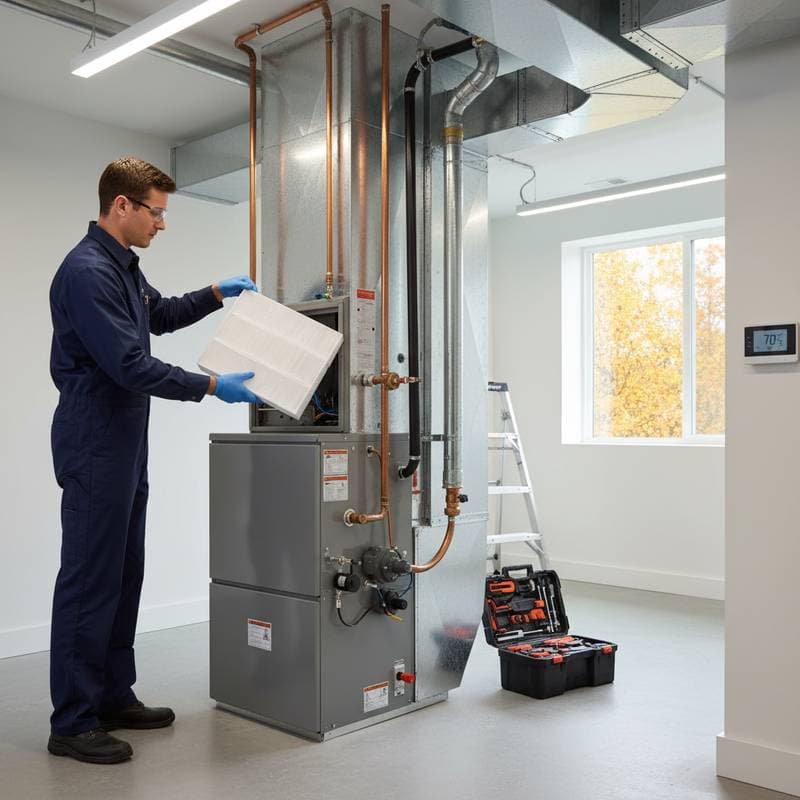Prepare Your HVAC for a Cool Summer 2025
A reliable HVAC system ensures comfort in your home during peak summer heat. Proper preparation leads to consistent cooling, reduced energy consumption, and decreased likelihood of malfunctions. Systems such as central air conditioners or heat pumps benefit from seasonal upkeep, which promotes optimal performance and longevity. Early action prevents expensive fixes and readies your equipment for rising temperatures.
Why Summer HVAC Preparation Matters
HVAC units face maximum demand in summer conditions. Accumulation of dust, pollen, and excess humidity impairs operation over time. Neglected maintenance allows minor problems, such as restricted filters, to escalate into reduced airflow, elevated utility expenses, or total system shutdowns. Proactive inspection, cleaning, and adjustment safeguard against urgent issues and sustain a comfortable indoor environment.
Understanding HVAC Maintenance Costs
Expenses for summer HVAC readiness vary based on whether you perform tasks independently or engage certified technicians.
DIY Costs
Individuals comfortable with basic repairs can manage essential procedures, including:
- Air filter replacement: Ranges from $10 to $30, influenced by filter quality and dimensions
- Vent and register cleaning: Involves negligible expense with standard household implements
- Debris removal from outdoor units: Requires no financial outlay, only personal effort
Self-directed efforts conserve funds, yet overlooking advanced diagnostics may compromise efficiency or accelerate equipment wear.
Professional Costs
Expert tune-ups generally range from $75 to $200, varying by equipment complexity and regional rates. These comprehensive services encompass:
- Refrigerant charge evaluation
- Evaporator and condenser coil decontamination
- Electrical system verification
- Thermostat adjustment for precision
- Overall operational assessment
Specialized interventions detect concealed faults promptly, averting substantial repair bills during high-demand periods.
| Maintenance Task | DIY Cost Estimate | Professional Cost Estimate |
|---|---|---|
| Air Filter Replacement | $10–$30 | Included in tune-up ($75–$200 total) |
| Vent and Duct Cleaning | $0–$20 (tools) | $50–$100 additional |
| Outdoor Unit Debris Removal | $0 | Included |
| Full System Inspection | Not feasible | $75–$200 |
| Refrigerant Check | Not recommended | Included |
DIY vs Professional: Making the Right Choice
Each method suits different skill levels and priorities. Evaluate your technical proficiency and system familiarity to select appropriately.
Benefits of DIY
- Eliminates service charges
- Provides quick results and personal involvement
- Builds knowledge of equipment functions
Drawbacks of DIY
- Lacks specialized equipment
- May miss underlying defects
- Poses risks to delicate parts
Benefits of Professional Service
- Delivers thorough analysis and corrections
- Verifies safety for electrical and refrigerant elements
- Enhances performance and extends durability
Drawbacks of Professional Service
- Involves greater initial investment
- Faces availability constraints in busy seasons
Many households benefit from a hybrid strategy. Perform routine cleanings and filter swaps personally, then arrange expert evaluations annually.
Your HVAC Summer Preparation Checklist
Systematic preparation enhances comfort and trims expenses. Follow these steps to ready your setup.
- Replace or clean air filters at intervals of one to three months, aligned with usage patterns.
- Examine vents and ducts for obstructions, tears, or insulation gaps.
- Clear outdoor condenser units of foliage, branches, and accumulated soil, maintaining a 2-foot clearance radius.
- Verify thermostat functionality by testing settings against actual room temperatures.
- Address air leaks in windows, doors, and outlets using weatherstripping or caulk for better retention.
- Assess attic and crawl space insulation levels to minimize heat gain.
- Conduct a trial run of the full system weeks before peak heat to identify irregularities.
Your HVAC Questions, Answered
How often should filters be replaced?
Replacement frequency stands at every one to three months for typical households, adjusted for heavy use or polluted environments.
What happens if maintenance is skipped?
Omission results in diminished cooling capacity, increased power usage, and heightened risk of failures during intense heat.
Should the outdoor unit be covered?
Covering traps condensation and promotes rust; maintain open access for ventilation.
How can cooling costs be reduced?
Consistent upkeep, adequate insulation, and smart thermostats that adjust based on occupancy optimize energy draw.
What signs indicate a need for repair?
Listen for odd sounds, note inconsistent temperatures, or observe reduced air output as indicators of issues.
Do systems require annual professional tune-ups?
Annual professional attention guarantees safe operation and peak efficiency.
Can dirty coils affect cooling performance?
Coils laden with debris hinder thermal transfer, compelling the unit to labor excessively and consume extra power.
Is refrigerant handling a DIY task?
Refrigerant management demands licensed expertise due to environmental regulations and safety protocols.
Steps to Implement Your Plan
Investing effort in HVAC readiness yields savings on utilities and dependable cooling. Begin with accessible cleanings and filter updates, followed by professional tuning to optimize results. This approach secures a seamless summer experience.
